As the saying goes, what a space looks and feels like is a reflection of the owner's tastes and preferences. Everything about the space, from the colour used on the walls to the type of furniture, reflects how much it is loved. In the last decade or so, the construction sector has increasingly paid attention to sustainable materials. Plywood, being one such material with its highly flexible, durable, and productive qualities, has been recognized as environmentally friendly.
The sustainable nature of plywood is a result of its effective utilisation of wood resources. Plywood, in contrast to solid wood goods, is created by layering thin natural wood veneers, which enables producers to maximise the yield from each log. This procedure uses timber resources more effectively and produces less waste.
The strength-to-weight ratio of plywood panels contributes to their sustainability. For many applications, plywood requires less material than solid wood of the same thickness because it is often stronger and more durable. Low formaldehyde emissions are another characteristic of sustainable plywood that meets strict environmental safety regulations. Plywood from CenturyPly comes from forests that are managed ethically and contributes to sustainability by ensuring responsible timber sourcing.

Are you trying to refurbish your home and want eco-friendly options? You can use CenturyPly products to renovate your house. Every environmentally concerned interior designer uses it as an essential technique to upgrade both your cabinets and walls.
Plywood adhesives are made using a chemical called formaldehyde. The main source of formaldehyde emissions in all finished plywood products is the adhesives known as phenol-formaldehyde, urea-formaldehyde, or melamine-formaldehyde, which are widely utilised in the plywood industry worldwide.
Long-term exposure to low levels of formaldehyde can induce varied degrees of irritation of the eyes, nose, and throat, in addition to the development of asthmatic symptoms. Since CenturyPly premium plywood is E0 emission safe, its emission rate is within 0.07 parts per million.
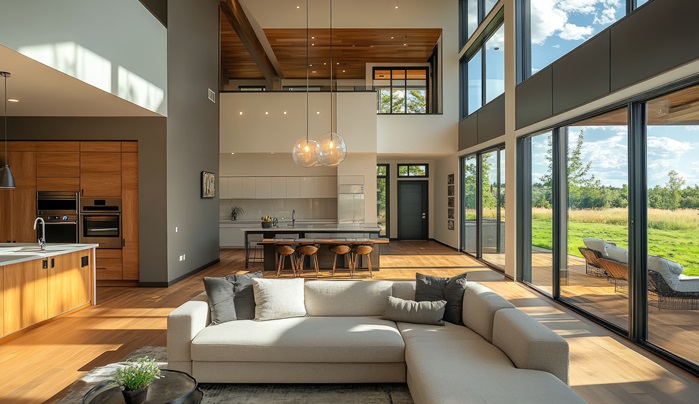
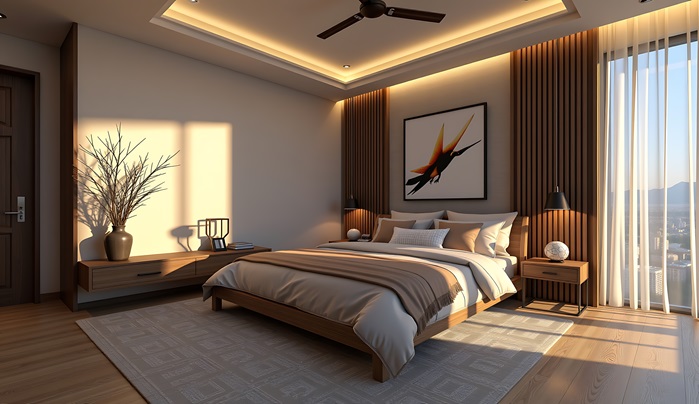
The wood used to make CenturyLaminates comes from approved forests in the area. Additionally, it ensures that forests are preserved by making the most of each log of wood. Additionally, it significantly reduces the carbon impact and waste product manufacturing. By using CenturyPly WPC boards for your home's interior instead of more conventional materials, you can help preserve forests. This is because the increased demand for wood from forested areas can be avoided by using sustainable sources to produce hardwood fibres.


CenturyLaminates' environmental effect is reduced by using recycled materials and low-VOC adhesives, also known as volatile organic compounds. CenturyLaminates are an excellent choice for clients who care about the environment because they require less energy to produce than natural materials. CenturyPly's WPC boards, made from recycled plastics, contribute to the development of environmentally friendly interior material solutions for homes.
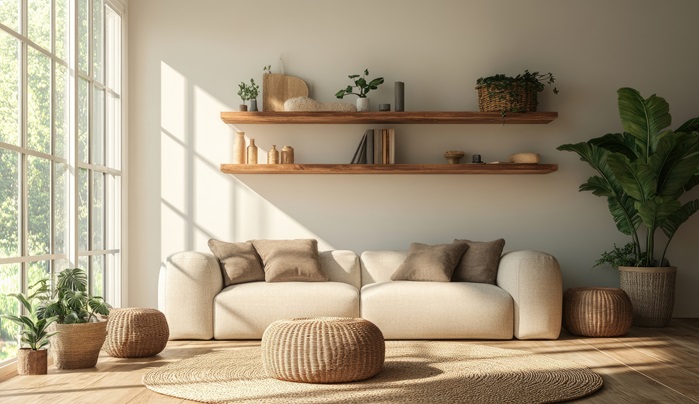
CenturyPly uses less energy since their SPB and WPC boards are constructed with low melting temperatures. Compared to other traditional materials like steel and concrete, it ensures energy savings. It is also the best option for environmentally friendly building methods and home remodeling due to its low carbon footprint.

To keep their appearance, various furnishings occasionally require repair and colouring. This isn't the case with CenturyPly products, though. For maintenance, plywood panels don't require painting, colouring, or repair.
Since they are constructed with modern features and technologies, these plywood panels function remarkably well with little to no maintenance, maintaining their brand-new appearance for many years.

CenturyPly provides a range of environmentally friendly products, including:
CenturyLaminates are made primarily from renewable resources such as paper and resin. As a result, recycling them can help cut down on the quantity of waste dumped in landfills.
CenturyPly's WPC and SPB boards are made with interlocking systems or hidden fasteners for easy installation. These boards are an environmentally responsible and sustainable option because they are made from a blend of thermoplastics and wood fibres.
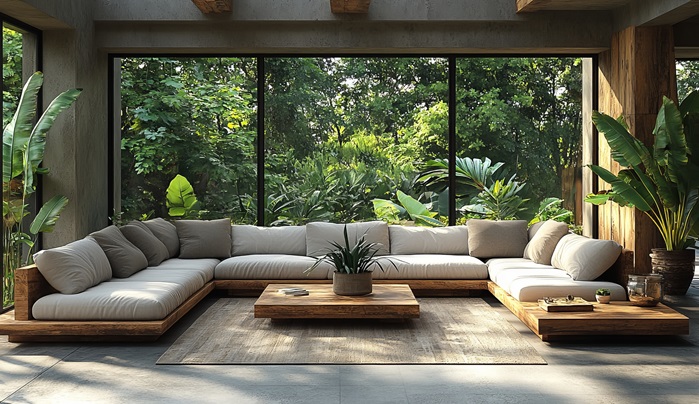
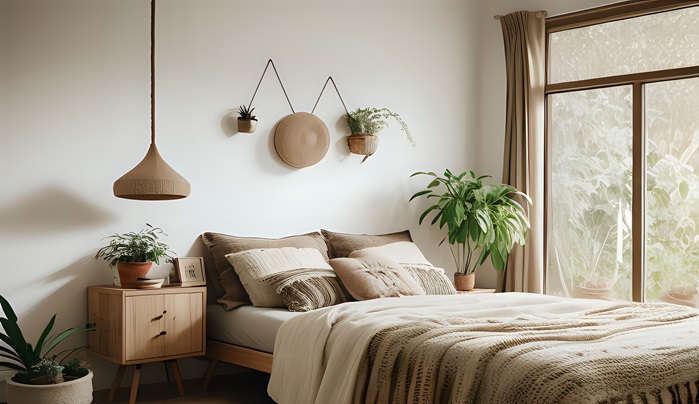
In comparison to processing solid lumber, veneer manufacturing often uses less energy and produces fewer greenhouse gas emissions. SenzuraStyles from CenturyVeneers is an eco-friendly selection of regenerated veneers inspired by nature. They serve as an affordable substitute for rare and expensive exotic woods and are made from fast-growing plantation timbers.
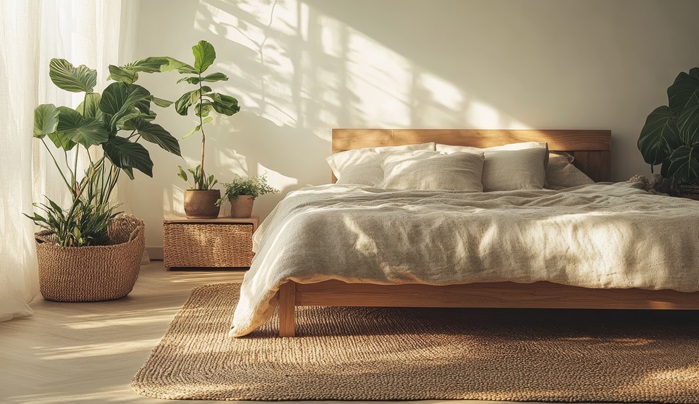
CenturyPly exclusively sources the best wood from forests that are sustainably maintained, and they use special machinery and technology to make their plywood. To guarantee that its plywood is of the greatest quality, it employs a stringent set of quality control procedures.
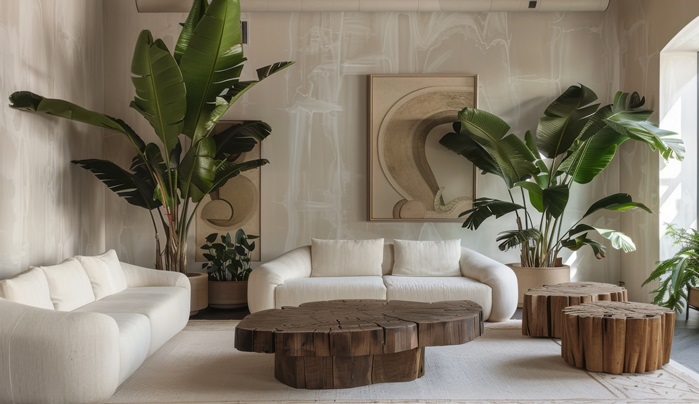
Don't let plywood's straightforward appearance deceive you; even though it might not seem like a fancy option for furniture at first, plywood has evolved and innovated to give designers the ability to create any style they desire, whether simple or opulent, without harming the environment. When you buy products from CenturyPly, you can be sure that they are carefully and meticulously crafted.
Loading categories...